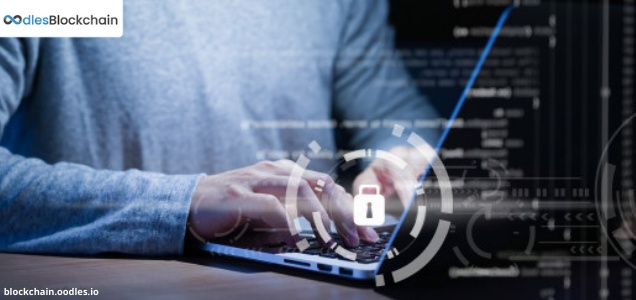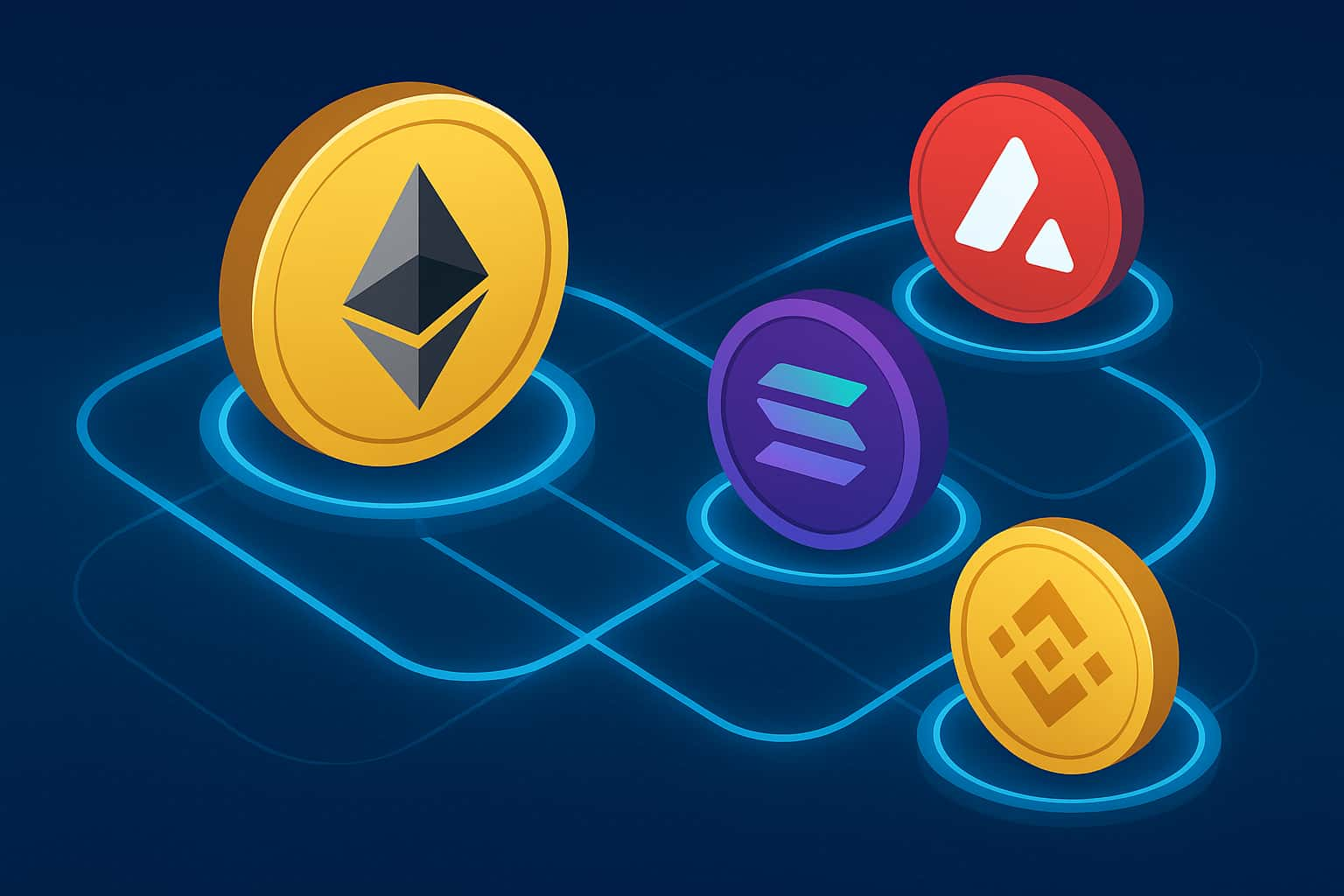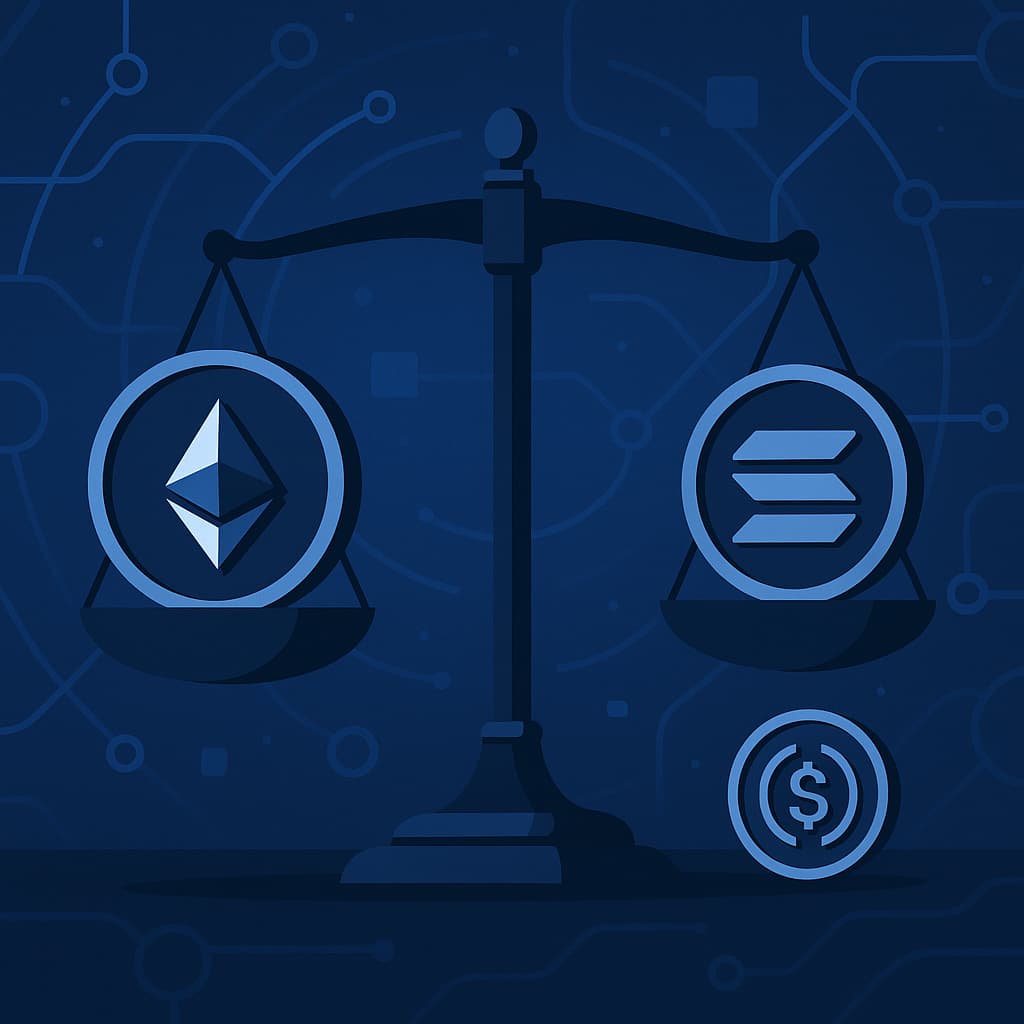-
Spending on cybersecurity has risen at an exponential rate over the last decade, with no indications of decreasing. Despite this massive expenditure, criminal hackers continue to attack known and undisclosed vulnerabilities, intercepting devices, applications, and network traffic. Over the previous decade, spending on cybersecurity has increased at an exponential rate, with no signs of slowing down. Despite this tremendous investment, criminal hackers continue to exploit known and unknown flaws, intercepting devices, applications, and network traffic. As a result, rather than developing more powerful tools, many companies are exploring blockchain solutions development to reinforce cybersecurity mechanisms with increased efficiency and security.
Blockchain Technology for Cybersecurity
Blockchain provides a different route to enhanced security, one that is less traveled and less welcoming to attackers. This method lowers vulnerabilities, provides robust encryption, and checks data ownership and integrity more effectively. It may even eliminate the need for some passwords, which are frequently referred to as cybersecurity's weakest link.
Primary benefits of adopting a blockchain for cybersecurity:
Data storage and processing in a secure manner
Any modification recorded on the blockchain is transparent and non-removable, and blockchain records are immutable. As a result, data saved on a blockchain is more secure than data maintained on traditional digital or physical records.
Data transfers that are secure
The emerging technology facilitates users to execute the fast and safe exchange of financial transactions and information. Smart contracts, for example, allow for the automatic implementation of agreements between several parties.
There are no singular points of failure
Permissionless blockchain technologies are more resilient than traditional systems because they are decentralized. The functioning or security of the blockchain will not be harmed if a single node is compromised. This means that even if the system is subjected to DDoS attacks, the system will continue to function normally as a result of numerous copies of the ledger. Private blockchains, on the other hand, cannot provide you with this benefit. Also, Read | The Emergence of Blockchain-powered Cybersecurity Solutions
Transparency and traceability of data
Blockchain transactions are digitally encrypted and time-stamped. It makes it easy for network members to keep track of transaction history and account activity at any time. This capability also helps with the proper distribution of assets or goods inside a business.
User privacy is protected
Because users are authenticated using public-key cryptography, the secrecy of blockchain network participants is high. Some blockchain-based firms, on the other hand, take this technology a step further and improve it. Guardtime, for example, created a Keyless Signature Infrastructure (KSI) that allows users to check the validity of their signatures without revealing their keys.
Blockchain Application in Cybersecurity
Keeping Private Messages Safe
People are becoming more and more reliant on social media. Furthermore, the number of social media platforms continues to expand. Every day, more social applications are developed as conversational commerce grows more popular. Massive amounts of metadata are collected throughout these exchanges. To protect their accounts and data, the majority of social networking site users use weak, unreliable passwords. Most messaging firms are turning to blockchain as a better alternative for securing user data than the end-to-end encryption they presently utilize. A uniform security protocol can be created using blockchain technology. Blockchain can be utilized to create a single API architecture for providing cross-messenger communication capabilities. Several assaults have recently been carried out against social media platforms such as Twitter and Facebook. Millions of accounts were breached as a result of these assaults, with user information falling into the wrong hands. If blockchain technology is properly deployed in these messaging systems, future cyberattacks may be avoided.
Security in the Internet of Things
Edge devices, such as thermostats and routers, are increasingly being leveraged by hackers to gain access to larger networks. With the current infatuation with Artificial Intelligence (AI), hackers have found it simpler to gain access to overall systems such as home automation via edge devices such as "smart" switches. A substantial majority of these IoT gadgets, in most situations, have shaky security features. In this situation, blockchain can be utilized to decentralize the management of such large-scale systems or devices, thereby securing them. The method will equip the gadget with the ability to make security judgments on its own. By recognizing and acting on questionable commands from unknown networks without relying on a central admin or authority, the edge devices become more secure. Hackers typically get full control of devices and systems after breaching the device's central administration. Blockchain assures that such assaults are more difficult to carry out by decentralizing such device authority schemes (if even possible).
DNS and DDoS Protection
When users of a target resource, such as a network resource, server, or website, are denied access or service, this is known as a Distributed Denial of Service (DDoS) attack. The resource systems are either shut down or slowed down as a result of these attacks. On the other hand, a well-maintained Domain Name System (DNS) is highly centralized, making it an ideal target for hackers looking to compromise the link between an IP address and a website's name. This type of attack makes a website unusable, cashable, and even redirectable to other scam sites. Fortunately, by decentralizing DNS entries, blockchain may be utilized to mitigate such attacks. Blockchain would have removed the weak single points exploited by hackers by implementing decentralized solutions.
Storage Decentralization
Data breaches and theft in the workplace are becoming a major source of concern for businesses. The majority of businesses still employ a centralized storage medium. A hacker only needs to exploit one vulnerable spot to have access to all of the data contained in these systems. A criminal gains access to sensitive and confidential data, such as firm financial records, as a result of such an attack. Sensitive data can be safeguarded by establishing a decentralized type of data storage with blockchain. Hackers would find it more difficult, if not impossible, to breach data storage systems using this mitigating strategy. Many storage service providers are looking into how blockchain may keep data safe from hackers.
Cyber-Physical Infrastructure Verification
The integrity of information created by cyber-physical systems has been harmed by data tampering, system misconfiguration, and component failure. However, blockchain technology's information integrity and verification capabilities might be used to verify the status of any cyber-physical infrastructure. The information supplied by blockchain about the infrastructure's components can be more reassuring to the entire chain of custody.
Data Transmission Security
In the future, blockchain might be used to restrict illegal access to data while it is in transit. Data transmission can be safeguarded by utilizing the technology's comprehensive encryption function to prevent bad actors, whether individuals or organizations, from gaining access to it. This strategy would result in an overall enhancement in the trustworthiness and integrity of data communicated over a blockchain. Hackers with malevolent intent intercept data in transit to change or entirely erase it. Inefficient communication routes, such as emails, are left with a significant gap. Connect with our blockchain experts for more information about blockchain's role in strengthening cybersecurity.

Our Offices
INDIA
Emaar Digital Greens, Sector 61,
Gurugram, Haryana
122011.
Welldone Tech Park,
Sector 48, Sohna road,
Gurugram, Haryana
122018.














